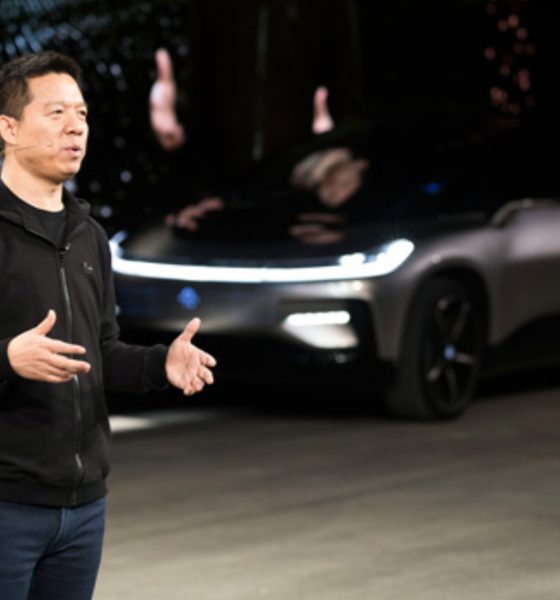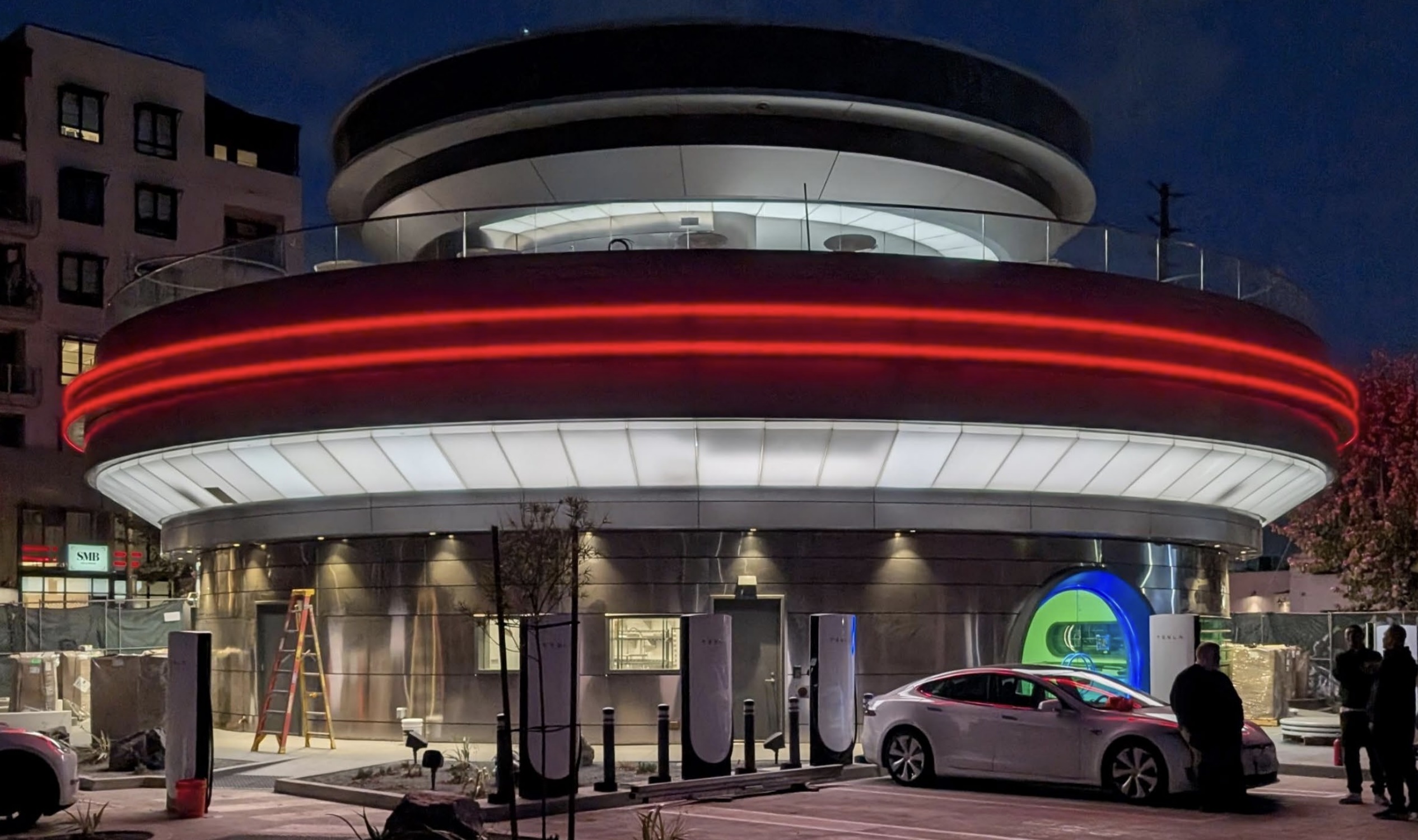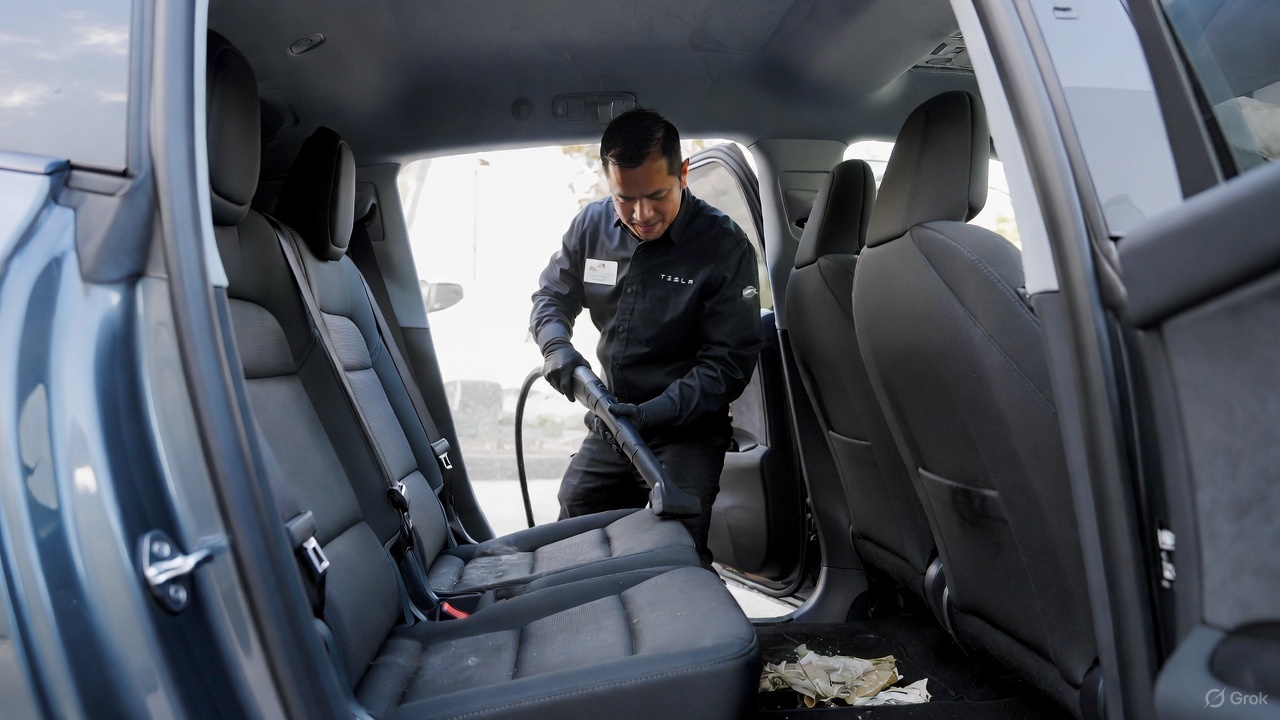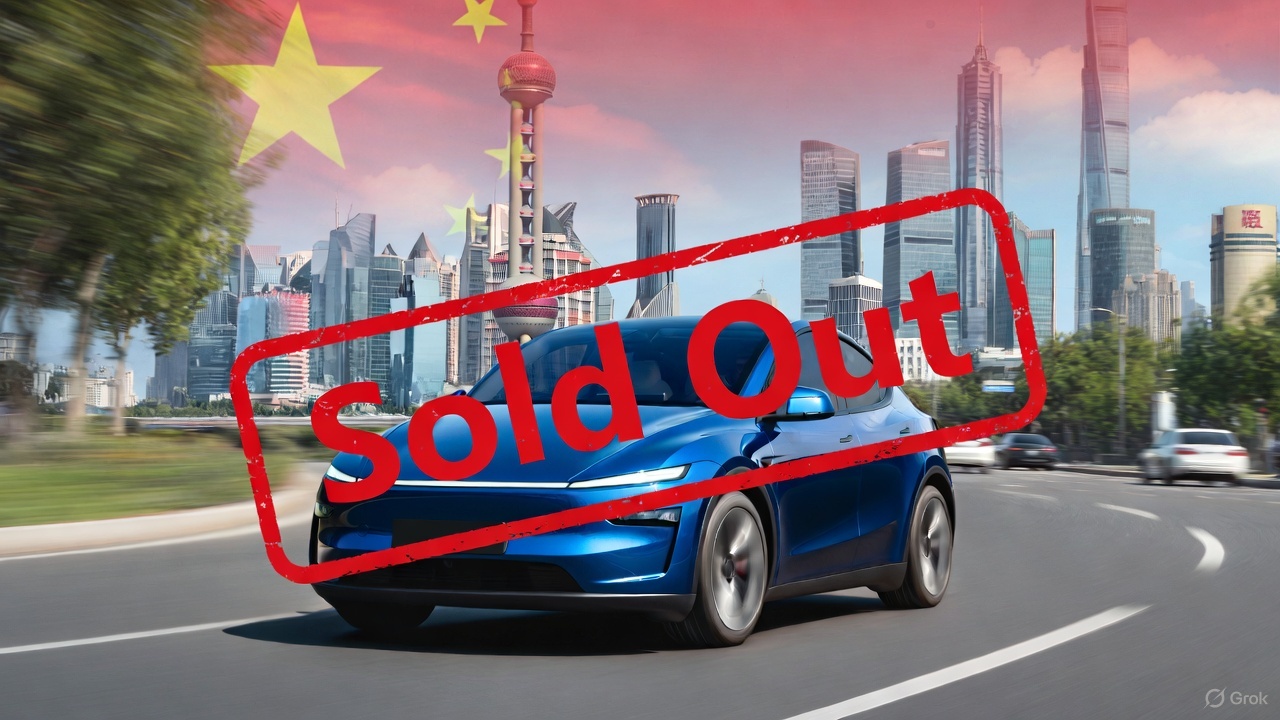

News
Once-promising Tesla rival Faraday Future hits roadblock amid CEO’s $800M controversy
Once-promising and outspoken Tesla rival Faraday Future has hit another roadblock, as CEO Jia Yueting is being accused by an investor of spending $800 million worth of funds and then attempting to back out of the deal. The investor in question, the healthcare division of Chinese real estate group Evergrande, has noted that it will take “all necessary actions” to protect itself and its shareholders.
Faraday Future has been beset by multiple delays and problems over the past years. Once the company that is branding itself as a startup that would dethrone Tesla from its place in the premium electric car market, the electric car startup has met a slew of problems, from dire financial straits to an exodus of key executives. In addition, Faraday Future’s first vehicle, the ultra-luxury FF 91 SUV, has yet to start production.
Faraday Future received a much-needed lifeline at the end of 2017 by securing a $2 billion investment from Evergrande Health–a subsidiary of property developer China Evergrande Group. Evergrande noted that it had agreed to buy Season Smart Ltd, a firm which owns 45% of Faraday Future, for $860.2 million. The Chinese property developer also agreed to pay Faraday Future $1.2 billion in two installments which are due in 2019 and 2020.
This Sunday, Evergrande revealed that it had signed a supplemental agreement to pay the electric car maker $700 million ahead of schedule. And now, Evergrande noted that Faraday Future CEO Jia Yueting had initiated an arbitration at the Hong Kong Arbitration Center against the Chinese firm, claiming that the promised payment was not fulfilled. Reuters noted that the CEO’s arbitration aims to deprive Evergrande rights as a shareholder for electric car startup as well.
Its trouble with Evergrande is just one of the company’s concerns. Speaking with former employees of the electric car startup, The Verge has noted that Faraday Future is allegedly struggling once more despite the company having spent around $800 million. Due to the company’s alleged financial troubles, the former FF employees claimed that vendors and suppliers had not been paid, and layoffs are being considered. In what seems to be a stroke of misfortune, the company’s first pre-production version of the FF91 reportedly caught fire in late September after the vehicle was showcased at a “Futurist Day” event for employees and their families.
Much of Faraday Future’s troubles are connected to the activities of its CEO. Last year, Jia found himself in China’s official “Blacklist” for credit defaulters. Due to his assets being frozen in China, the Faraday Future CEO currently resides in the United States. His handling of the electric car startup has been polarizing at best. Last year, for example, a disagreement between Jia and Faraday Future’s then-CFO turned public, compromising an attempt to restructure the company through bankruptcy.
It remains to be seen if Faraday Future could eventually get the vehicle to market. When the FF 91 was unveiled, the electric car startup compared it favorably against the Tesla Model S P100D. The FF 91 is a large SUV has a 0-60 mph time of 2.4 seconds, a 130 kWh battery pack, and a range of 289 miles per charge. The vehicle also features a number of nifty tricks, such as LiDAR for self-driving capabilities and four-wheel steering, which gives the vehicle impressive maneuverability.

News
Tesla Diner to transition to full-service restaurant as Chef heads for new venture
“I am leaving the Tesla Diner project to focus on the opening of Mish, my long-desired Jewish deli. Projects like Mish and the Tesla Diner require a sharpness of focus and attention, and my focus and attention is now squarely on Mish.”

Tesla Diner, the all-in-one Supercharging and dining experience located in Los Angeles, will transition to a full-service restaurant in January, staff said, as Chef Eric Greenspan said he would take on a new project.
A report from the Los Angeles Times says Greenspan confirmed through a text that he would leave the Diner and focus on the opening of his new Jewish deli, Mish.
Greenspan confirmed to the paper:
“I am leaving the Tesla Diner project to focus on the opening of Mish, my long-desired Jewish deli. Projects like Mish and the Tesla Diner require a sharpness of focus and attention, and my focus and attention is now squarely on Mish.”
Greenspan took on the job at the Tesla Diner and curated the menu back in March, focusing on locally-sourced ingredients and items that would play on various company products, like Cybertruck-shaped boxes that hold burgers.
Tesla Cybertruck leftovers are the main course at the Supercharger Diner
The Tesla Diner has operated as somewhat of a self-serve establishment, where Tesla owners can order directly from their vehicles through the center touchscreen. It was not exclusive to Tesla owners. Guests could also enter and order at a counter, and pick up their food, before sitting at a booth or table.
However, the report indicates Tesla is planning to push it toward a sit-down restaurant, full of waiters, waitresses, and servers, all of which will come to a table after you are seated, take your order, and serve your food.
It will be more of a full-featured restaurant experience moving forward, which is an interesting move from the company, but it also sounds as if it could be testing for an expansion.
We know that Tesla is already considering expanding locations, as it will be heading to new areas of the country. CEO Elon Musk has said that Tesla will be considering locations in Palo Alto near the company’s Engineering HQ, and in Austin, where its HQ and Gigafactory Texas are located.
Musk said that the Diner has been very successful in its first few months of operation.
News
Tesla adds new surprising fee to Robotaxi program
“Additional cleaning was required for the vehicle after your trip. A fee has been added to your final cost to cover this service. Please contact us if you have any questions.”

Tesla has added a new and somewhat surprising fee to the Robotaxi program. It’s only surprising because it was never there before.
Tesla shocked everyone when it launched its Robotaxi platform and offered riders the opportunity to tip, only to tell them they do not accept tips. It was one of the company’s attempts at being humorous as it rolled out its driverless platform to people in Austin.
As it has expanded to new cities and been opened to more people, as it was yesterday to iOS users, Tesla has had to tweak some of the minor details of the Robotaxi and ride-hailing platforms it operates.
First Look at Tesla’s Robotaxi App: features, design, and more
With more riders, more vehicles, and more operational jurisdictions, the company has to adjust as things become busier.
Now, it is adjusting the platform by adding “Cleaning Fees” to the Robotaxi platform, but it seems it is only charged if the vehicle requires some additional attention after your ride.
The app will communicate with the rider with the following message (via Not a Tesla App):
“Additional cleaning was required for the vehicle after your trip. A fee has been added to your final cost to cover this service. Please contact us if you have any questions.”
The cost of the cleaning will likely depend on how severe the mess is. If you spill a soda, it will likely cost less than if you lose your lunch in the back of the car because you had a few too many drinks.
This is an expected change, and it seems to be one that is needed, especially considering Tesla is operating a small-scale ride-hailing service at the current time. As it expands to more states and cities and eventually is available everywhere, there will be more situations that will arise.
The messes in vehicles are not a new situation, especially in a rideshare setting. It will be interesting to see if Tesla will enable other fees, like ones for riders who request a ride and do not show up for it.
News
Tesla Model Y sold out in China for 2025
Customers who wish to get their cars by the end of the year would likely need to get an inventory unit.

It appears that the Model Y has been sold out for 2025 in China. This seems to be true for the four variants of the vehicle that are currently offered in the country.
Tesla China’s order page update
A look at Tesla China’s order page for the Model Y shows a message informing customers that those who wish to guarantee delivery by the end of the year should purchase an inventory unit. This was despite the Model Y RWD and Model Y L showing an estimated delivery timeline of 4-8 weeks, and the Model Y Long Range RWD and Model Y Long Range AWD showing 4-13 weeks.
As per industry watchers, these updates on the Model Y’s order page suggest that Tesla China’s sales capacity for the remainder of 2025 has been sold out. The fact that estimated delivery timeframes for the Model Y Long Range RWD and AWD extend up to 13 weeks also bodes well for demand for the vehicle, especially given strong rivals like the Xiaomi YU7, which undercuts the Model Y in price.
Tesla China’s upcoming big updates
What is quite interesting is that Tesla China is still competing in the country with one hand partly tied behind its back. So far, Tesla has only been able to secure partial approval for its flagship self-driving software, FSD, in China. This has resulted in V14 not being rolled out to the country yet. Despite this, Tesla China’s “Autopilot automatic assisted driving on urban roads,” as the system is called locally, has earned positive reviews from users.
As per Elon Musk during the 2025 Annual Shareholder Meeting, however, Tesla is expecting to secure full approval for FSD in China in early 2026. “We have partial approval in China, and we hopefully will have full approval in China around February or March or so. That’s what they’ve told us,” Musk said.








